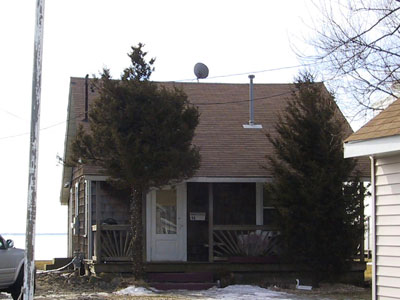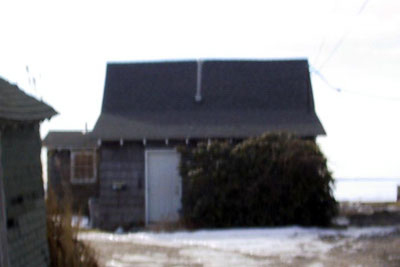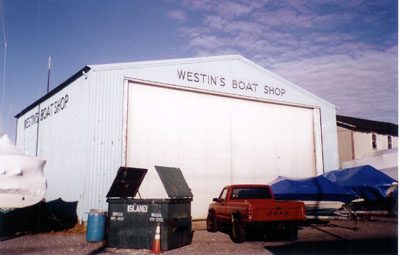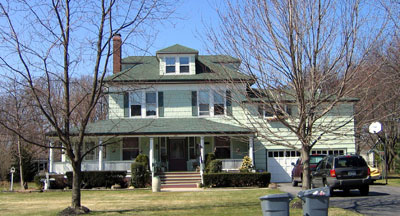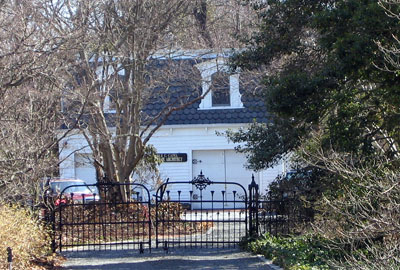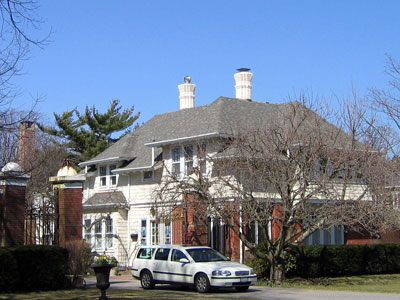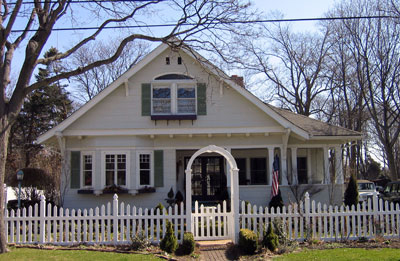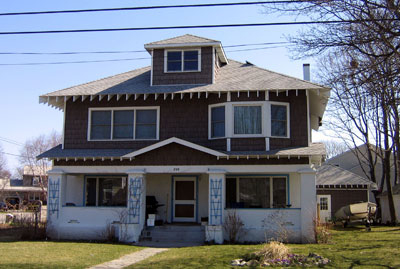By Jayme Breschard Thomann
Long Island’s waterfront communities were first settled by Native Americans who valued the sandy soil on which they could grow corn, tomatoes, squash and other commonplace vegetables. They also harvested abundant fish and shellfish from Great South Bay and the nearby ocean, traveling by canoe and other watercraft. In the late 1600s English colonists from New England settled in various communities including Sayville, Patchogue and other neighboring communities.
Most residents generally lived some distance from the shoreline, which was infested with mosquitoes and other insects during the summer, a condition that was common until the mid-20th century. The shoreline area was used primarily for docking boats and various maritime industries including boat building and blacksmithing, along with lumber and grist mills that depended on water power.
The foot of Handsome Avenue was the site of various industries, earning it the nickname “Factory Clump.” These included mid-19th century oyster packing houses and lumber yards. With the extension of the Long Island Rail Road, then named the South Side Railroad Company, in 1869, more sportsmen began visiting the shoreline communities. These late 19th century hotels included the the Shoreham and Cedar Shore Hotels in Sayville. They were exclusively summer hotels where guests could go sailing, swimming, boating and enjoy gourmet food including local oysters and clams in luxurious surroundings. In addition guests could take boat rides to nearby Fire Island or participate in sailing races sponsored by local yacht clubs. Hotel patrons typically came from New York City and included noted businessmen, physicians and lawyers. Their comings and goings were carefully noted in the New York Times and the Brooklyn Daily Eagle.
In Sayville/Bayport Architect Isaac Green built Meadowcroft in 1891 for the family of President Theodore Roosevelt on Middle Road. This sprawling Colonial Revival style home is now a historic site operated by Suffolk County. Roosevelt and his family visited the nearby Sayville Yacht Club, where they went hunting and sailing. Located on historic Brown River creek, the site has scenic views of Great South Bay and Fire Island, where family members frequently went sailing in both the summer and winter months, as well as duck hunting and recreational fishing.
People of considerable wealth, while not as well-off as the estate owners, also built large summer homes. Among them were the Jones and Cleveland families of Sayville, as well as the Knapps of Blue Point, who later settled permanently in these communities. Their homes lined Handsome and Foster Avenues of Sayville, Middle Road between Blue Point and Sayville, South Ocean Avenue in Patchogue, and Woodlawn in Oakdale, among others. Their homes closely reflected the architectural styles popular at that time, ranging from Victorian mansions to Colonial and Spanish Colonial Revival estates.
They formed various groups including the Sayville Yacht Club (originally founded as the Southside Yacht Club) in Bayport and the Wet Pants Sailing Association (founded in the early 1920s) of Sayville, both of which are still standing. Both groups continue to sponsor races including the popular Sunfish races sponsored by the Wet Pants Association, as well as clambakes and other traditional activities.
Generally the historic homes south of Montauk Highway were built as summer homes, on what was once the Frank Jones Estate. Buildings from the estate include 71 Benson Avenue, 211 Handsome Avenue (the Capel House), 221 Handsome Avenue (Robert Nunns’ house) 254 and 299 Handsome Avenue. In addition there were numerous summer houses built on Foster, Candee and Erwin Avenues. They include 88, 111, 125 & 175 Candee Lane; 107,120, 179, 214 & 381 Foster Avenue; 13, 32, 46, 47 and 50 Erwin Avenue. However there is a traditional bungalow at 52 Brown River Road facing Great South Bay. It appears to be a summer - only bungalow that has been generally owned by local residents.
Sailing
Unlike hunting and fishing, sailing did lead to the development of several historical sites. Since the mid-1800s there has been a tradition of both ice-boat and water-based sailing races, particularly in Bellport and Blue Point. In addition local residents, especially teenage boys, were fond of walking on the ice if it was thick enough. There were local sailing clubs who sponsored ice boat races that included both traditional ice boats and in the 1940s, ice scooters which were of a lighter design and could easily be transported. During the summer there were several local sailing and yacht clubs that sponsored races and regattas. The oldest of these is the Wet Pants Sailing club which has a c. 1930 building on Brown River Road in Sayville, along with the Bellport Bay Yacht Club (c. 1920) and the Sayville Yacht Club (c. 1910) in Bayport. The Wet Pants Yacht Club was founded in the 1920s, while the Sayville Yacht Club and the Bellport Bay Yacht Club date from the late 19th century, although their headquarters were built more recently. Interestingly enough, both the Sayville and the Wet Pants Yacht Club were formed by Sayville residents, although their locations are outside the community. Jessie Knapp stated that her uncle George Palmer was the Sayville Yacht Club’s first president, with all its members coming from Sayville. They still have an annual clambake. Jessie remembers that her father, who grew up in Blue Point, had a handmade ice-boat. By the mid 1950s scooters had become more popular. She recalls that most scooters sailed from Bellport, because “it was the best place to sail. We went ice-boating every winter the bay would freeze.” The Wet Pants sailing club continues to sponsor races in the “Blue Jay” category, holding several records in this category.
Boat Builders
The other major community for boat builders was Sayville, which was home to several boatyards in the 1800s including a boatyard on Brown River Road that built sailboats and catboats. The L'hommedieu family also operated a boat shop during the early 1900s in the same area. Finally the Westin Boat Shop, formerly owned by Doug West, at 69 River Road in Sayville was operational since the early 1900s, with two historic buildings constructed c. 1910 and 1925 on the site.

